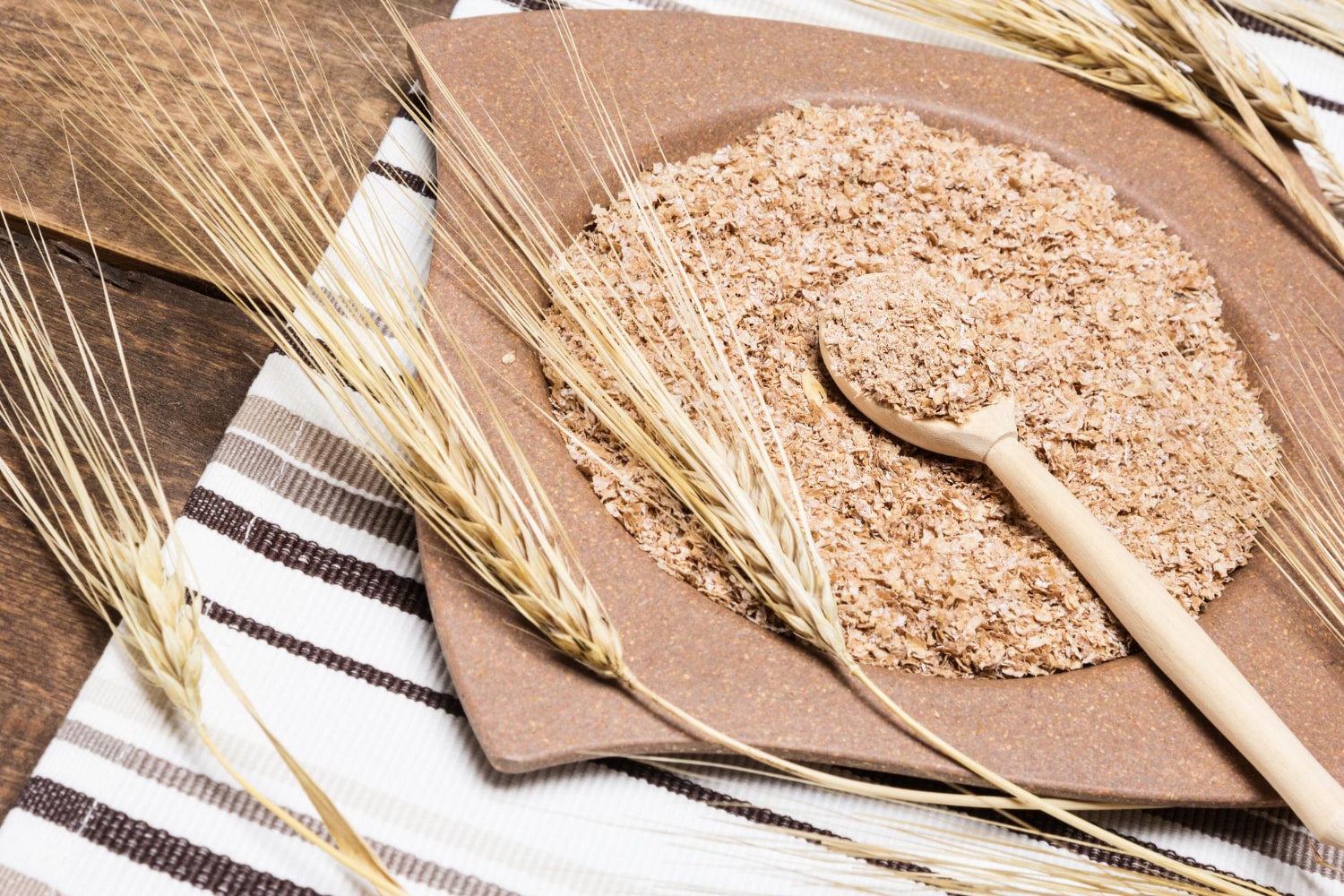Wheat groats are a simple yet incredibly valuable food product that has been used for centuries in the cuisines of many cultures. Associated with home comfort, traditional meals, and natural nutrition, this grain has more to offer than meets the eye. While it may seem like a basic pantry item, wheat groats hold a wealth of nutritional benefits and a fascinating history. They are a staple in both traditional recipes and modern dietary plans. In this article, you’ll find interesting and lesser-known facts about wheat groats that you might not have known.
- Wheat groats are made by crushing whole wheat kernels from either hard or soft wheat without removing the outer layers. This method preserves the bran and germ, making the groats rich in fiber and vitamins. As a result, they retain much of their natural nutritional value.
- There are several types of wheat groats, including semolina, bulgur, couscous, and spelt. Each variety differs in texture, degree of processing, and culinary use. They have distinct origins and are used in different cultural dishes.
- Bulgur is a type of wheat groat that is steamed, dried, and then crushed. This preparation makes it quick to cook and easy to store. It is a key ingredient in many Middle Eastern dishes.
- Semolina is made from the endosperm of the wheat grain, meaning the inner part without the outer shell. It has a fine texture and pale color, making it popular in children’s meals. Semolina is often used for porridges, puddings, and baked dishes.
- Spelt is considered one of the oldest forms of wheat and was cultivated as early as ancient Egypt. It has a slightly nutty flavor and high nutritional content. Spelt is easier to digest compared to modern wheat varieties.
- Wheat groats are rich in B vitamins, especially B1, B2, and B6. These vitamins support the nervous system, aid in energy metabolism, and help maintain immune function. Additionally, wheat groats provide essential minerals such as iron, magnesium, and zinc.
- Thanks to their complex carbohydrates, wheat groats provide long-lasting satiety. This makes them ideal for people watching their weight or leading an active lifestyle. They are especially suitable for breakfast and lunch.
- The fiber in wheat groats supports healthy digestion and helps cleanse the intestines. Regular consumption can improve gut flora and reduce the risk of constipation. It is especially beneficial for individuals with sedentary routines.
- Wheat groats are generally hypoallergenic, with the exception of people who are sensitive to gluten. They rarely cause allergic reactions and are suitable for most children and adults. However, those with celiac disease or gluten intolerance should avoid them.
- Bulgur and couscous are often used in vegetarian and vegan cuisine as substitutes for meat or rice. They combine well with vegetables, legumes, herbs, and sauces. These dishes are nutritious and filling even without animal products.
- In various regions around the world, wheat groats are the base of traditional recipes such as tabbouleh in Lebanon, halim in Turkey, and kulesh in Ukraine. Groats absorb flavors from spices and other ingredients, making them highly versatile. Their adaptability makes them an essential part of national cuisines.
- Wheat groats have a long shelf life if stored in a dry and airtight container. They do not require special conditions and are easy to transport. This makes them a practical choice for home pantry storage.
- In modern nutrition, wheat groats are included in diets for athletes, pregnant women, and people recovering from illness. Their high nutrient content helps restore energy and support the body during physical or emotional stress. They are one of the best sources of accessible and easily digestible energy.
- Wheat groats are used in more than just porridge. They can be added to soups, pilafs, patties, salads, and even desserts. Their neutral flavor allows them to be used as either a main dish or a side, making them a staple in the kitchen.
- Couscous, though classified as a wheat groat, is actually made from moistened and rolled wheat flour, which is then dried. It is one of the few types of groats that are not boiled but rather steamed. This method helps preserve more flavor and nutrients.
These incredible and interesting facts about wheat groats prove that this humble ingredient has much more to offer than it might appear. It combines ancient tradition, health benefits, and culinary flexibility. Wheat groats remain a valuable part of the diet across different nations and generations. The more we learn about them, the more we appreciate their true potential.





